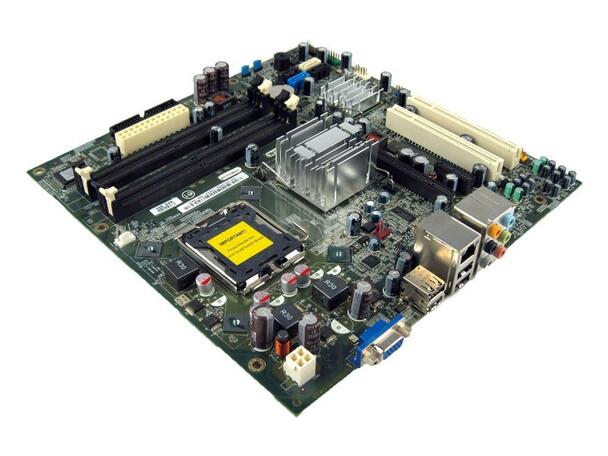A motherboard (additionally called mainboard, fundamental circuit load up, MB, load up, backplane load up, baseload up, framework load up, thinking trouble up (just in Apple PCs) or mobo) is the key printed circuit load up (PCB) in extensively significant PCs. Is. Other expandable frameworks. It licenses correspondence between different basic electronic bits of the framework, like the middle dealing with the unit (CPU) and memory, and gives connectors to different peripherals. Dissimilar to a backplane, a motherboard normally contains gigantic subsystems, like the focal processor, the chipset’s feedback/result and memory regulators, interface connectors, and different parts solidified for general use.
Motherboard unequivocally derives a PCB with extension limits. As the name recommends, this board is routinely inferred as the “mother” of all parts connected with it, constantly including peripherals, interface cards, and daughterboards: sound card, video card, network card, have transport. Connector, TV Tuner Card, IEEE 1394 Card; and an assortment of other custom parts. For More such information visit TechKorr.
History
Going before the progression of the microchip, electronic PCs contained different printed circuit loads up in a card-limit case, with parts connected with the backplane, and a ton of interconnected associations. In significantly more pre-arranged plans, copper wires were discrete connections between card connector pins, yet printed circuit sheets before long became standard practice. The focal managing the unit (CPU), memory, and peripherals were housed on detached printed circuit loads up, which were related to the backplane. The unpreventable S-100 vehicle of the 1970s is a framework of this sort of backplane framework.
The most well-known PCs of the 1980s, for example, the Apple II and IBM PCs, flowed schematic outlines and other documentation that permitted quick destroying and outsider substitution motherboards. To make new PCs for the most part reasonable with models, different motherboards offered extra execution or different highlights and were utilized to revive the producer’s outstanding gear.
In the last piece of the 1980s and mid-1990s, it became useful to move a rising number of outskirts limits onto the motherboard. In the last piece of the 1980s, PC motherboards started to combine alone IC (for the most part called Super I/O chips), ready for supporting a lot of low-speed peripherals: PS/2 control community and mouse, floppy plate drive, sequential port, and identical port. By the last piece of the 1990s, different PC motherboards included buyer grade inserted sound, video, hoarding, and systems association limits, without the essential for a development card; Higher-end structures for 3D gaming and PC designs ordinarily stay mindful of the outlines card as a substitute part. Business PCs, workstations, and servers will without a doubt require increased cards, either for extra liberal undertakings or for higher rates; Those frameworks in many cases had fewer installed parts.
Plan
A motherboard gives the electrical relationship by which different bits of the framework are present. Not in any way like the backplane, it besides contains focal dealing with the unit and hosts different subsystems and contraptions.
A normal PC has its chip, standard memory, and other fundamental parts added to the motherboard. Different parts, for example, outside limit, regulators for video show and sound, and outskirts contraptions can be connected with the motherboard as module cards or through joins; In present-day microcomputers, it is common to sort out a piece of these peripherals into the motherboard itself.
A gigantic piece of the motherboard is the focal processor’s assistant chipset, which gives accomplice points of association between the CPU and different vehicles and outside parts. This chipset somewhat picks the qualities and cutoff points of the motherboard. There are various models of motherboards and the Foxconn g33m02 is one of them.
Structure factor
Motherboards are made in a course of action of shapes and sizes called structure factors, some of which are clear for individual PC producers. By and by, motherboards utilized in IBM-sensible designs are supposed to fit different case sizes. Starting in 2005, most workstation motherboards utilize the ATX standard plan factor-even those found in Macintosh and Sun PCs, which are not worked from thing parts. A case’s motherboard and power supply unit (PSU) structure part ought to all match, however some more inconspicuous plan factor motherboards from a practically identical family will squeeze into more noteworthy cases. For instance, an ATX case will consistently oblige a MicroATX motherboard. Workstations utilize essentially coordinated scaled back and improved motherboards. This is one legitimization of why PCs are hard to revive and costly to fix. Constantly the error of a solitary PC part requires the whole motherboard to be supplanted, which is overall more costly than a work area motherboard.

